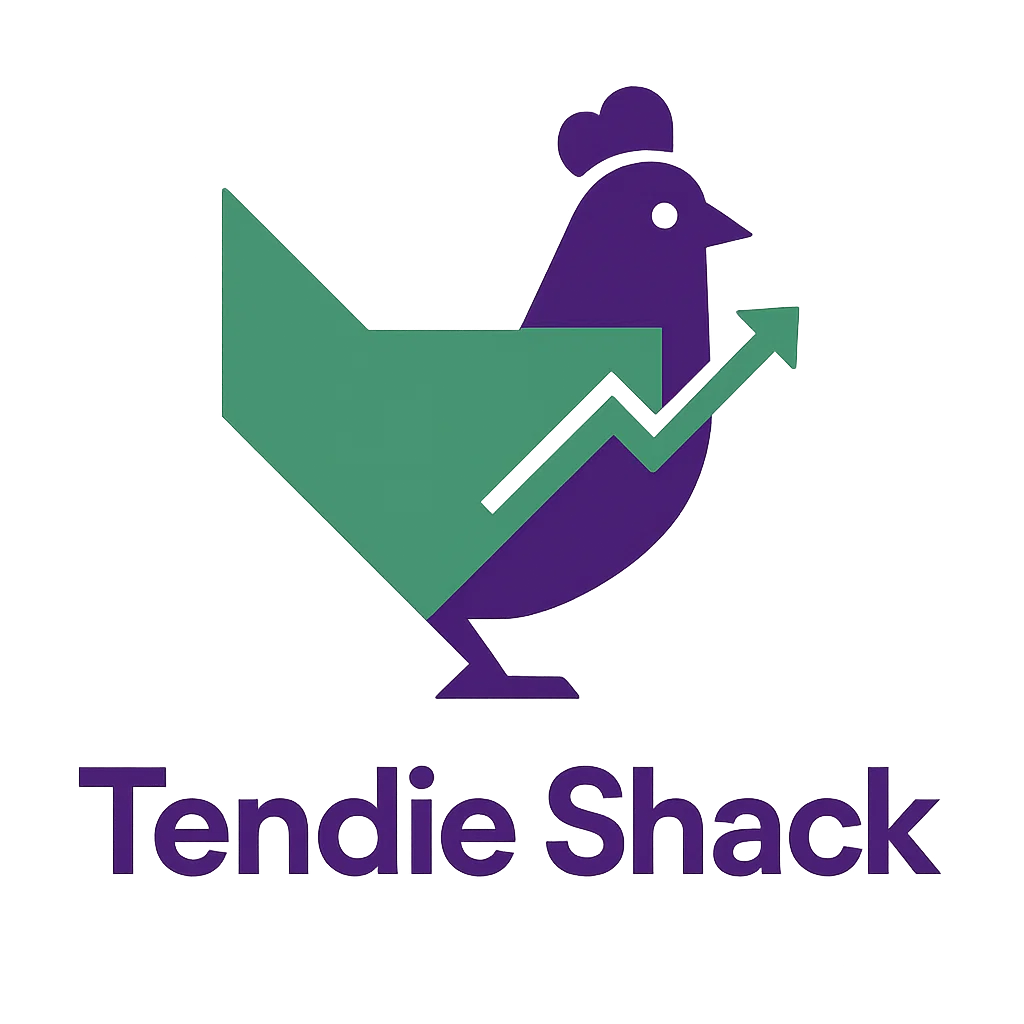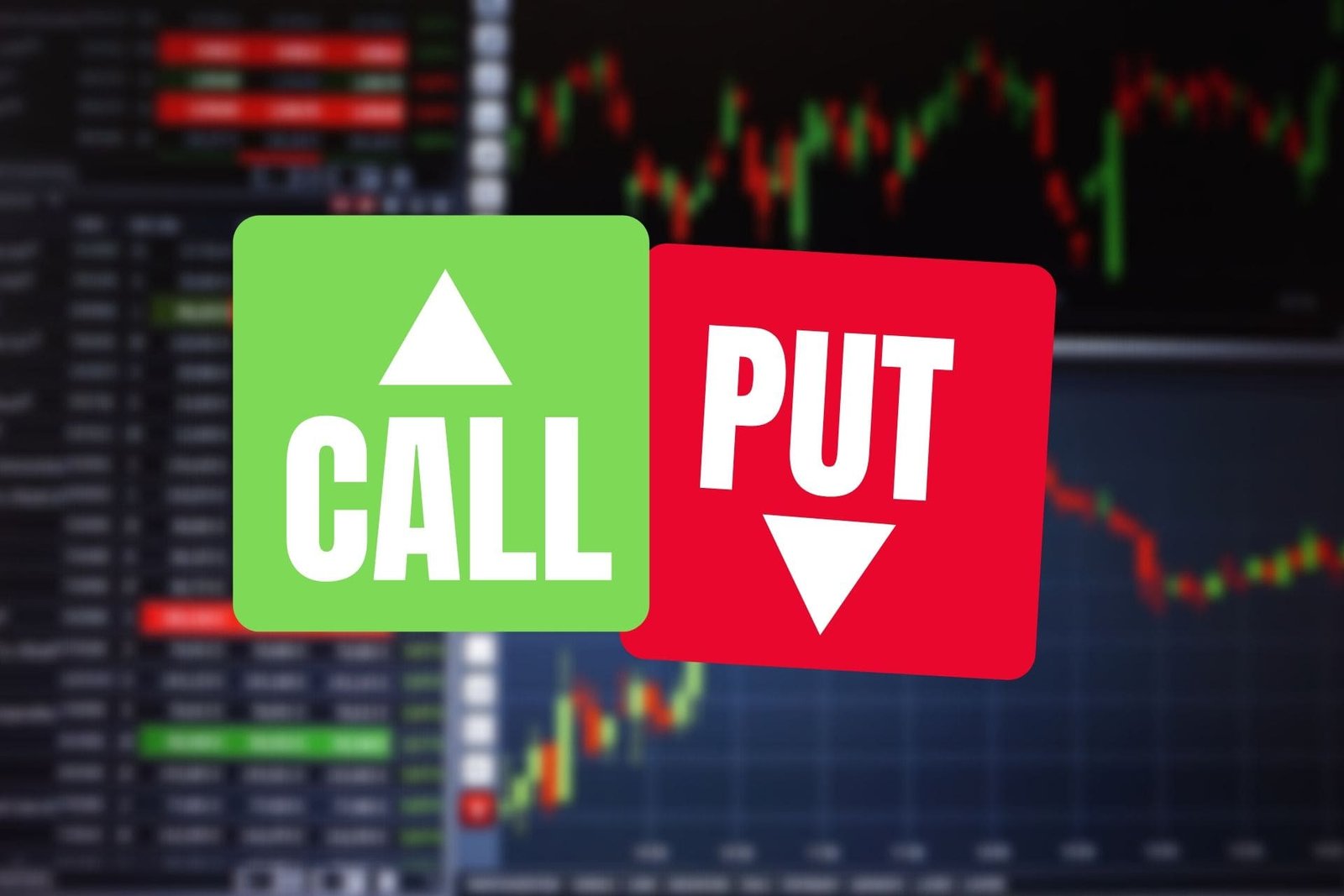What is Unit Cost
- by:
- Nick H
Key Points
Break-even analysis: Helps businesses know how many units must be sold to cover fixed and variable cost
Unit cost is the total cost incurred to produce, acquire, or deliver a single unit of product or service
It helps determine how much profit is made on each unit sold.
10 Stocks You Should Buy Before August >
For adsense add
Advertisement

affiliate add
For adsense add
Mail Sign Up
Get The Latest News & Stock Picks
Stay ahead of the market with expert news, actionable tips, and exclusive stock picks delivered straight to your inbox. Join a community of investors who value real insights and smarter strategies. Sign up now and get the edge you need to invest with confidence.
By submitting your email, you agree to receive updates and promotional content from our team. You can unsubscribe at any time. For more details, please review our Privacy Policy.
For adsense add
For adsense add
Unit cost is the total cost incurred to produce, acquire, or deliver a single unit of product or service. It is an essential financial metric that helps businesses determine pricing, profitability, and cost control.

In its simplest form:
Unit cost = Total cost / Number of units produced
For example, if a company spends $10,000 to produce 500 widgets, the unit cost is $10,000 divided by 500, which equals $20 per widget.
Why Unit Cost Matters
Understanding unit cost is crucial for several reasons:
Pricing decisions: Businesses need to know the cost per unit to price their products profitably.
Profitability analysis: It helps determine how much profit is made on each unit sold.
Cost management: It allows companies to identify opportunities to reduce production costs.
For investors, knowing a company’s unit cost provides insight into operational efficiency and competitiveness. A business with lower unit costs can potentially offer better prices or enjoy higher margins than its rivals.
Components of Unit Cost
Unit cost typically consists of two major categories:
Fixed costs per unit: These are costs that do not vary with production volume (e.g., rent, machinery, salaries for supervisors). When spread over more units, the fixed cost per unit declines.
Variable costs per unit: These change directly with the number of units produced (e.g., raw materials, direct labor, packaging).
So, as production increases, the unit cost tends to fall because fixed costs are spread over more units — this is known as economies of scale.
Example Scenario
Imagine a bakery that spends:
$2,000 on monthly rent (fixed cost)
$1 per loaf for ingredients and packaging (variable cost)
If the bakery bakes 1,000 loaves in a month, the unit cost is:
Fixed cost per loaf = $2,000 / 1,000 = $2
Variable cost per loaf = $1
Total unit cost = $2 + $1 = $3 per loaf
If they produce 2,000 loaves instead, the unit cost drops:
Fixed cost per loaf = $2,000 / 2,000 = $1
Variable cost per loaf = $1
Total unit cost = $1 + $1 = $2 per loaf
This illustrates how producing more units can lower the unit cost.
Most Like Articles
Unit Cost vs. Average Cost
While unit cost and average cost are often used interchangeably, average cost generally refers to the total cost divided by the total number of units, over a certain period or for a specific production batch. In many contexts, they mean the same thing, but it’s good to understand subtle differences depending on usage.
Factors That Affect Unit Cost
Several factors influence a company’s unit cost. Understanding these can help businesses manage costs effectively and improve profitability.
Production volume is a major factor. As production increases, fixed costs spread over more units, reducing the fixed cost component of unit cost. This is why high-volume manufacturers often have a cost advantage over smaller competitors.
Input prices such as raw materials, energy, and labor directly impact variable costs and, in turn, unit cost. Rising commodity prices or wage increases can raise unit costs unless offset by efficiency gains.
Efficiency and waste management also matter. Efficient processes, automation, and minimizing defects reduce labor time and material waste, helping lower unit cost.
How Businesses Use Unit Cost Data
Companies rely on unit cost analysis for several important decisions:
Pricing strategy: To ensure prices cover costs and deliver a profit margin, businesses calculate unit costs as a baseline.
Budgeting and forecasting: Unit cost helps estimate future expenses based on expected production volumes.
Cost control: Regular tracking of unit costs can reveal inefficiencies or cost increases, prompting corrective action.
For example, a manufacturer noticing rising unit costs may investigate whether material waste has increased, labor productivity has fallen, or suppliers have raised prices.

Limitations of Unit Cost
While unit cost is a useful metric, it has some limitations that businesses and analysts should keep in mind.
First, unit cost assumes a stable production environment. If production volumes fluctuate significantly, unit cost calculations may not reflect actual cost dynamics, especially for seasonal businesses.
Second, not all costs fit neatly into “fixed” or “variable” categories. Some costs are semi-variable (like utility bills that have a fixed component plus a usage-based component), complicating the analysis.
Finally, unit cost does not account for qualitative factors such as product quality or customer satisfaction. A company might reduce unit cost by using cheaper materials, but this could hurt product quality and brand reputation in the long run
Where to invest $1,000 right now
When our analyst team has a stock tip, it can pay to listen. After all, Tendie Shacks total average return is 1,053% — a market-crushing outperformance compared to 180% for the S&P 500.
They just revealed what they believe are the 10 best stocks for investors to buy right now, available when you join Our Tendie Community.
*Tendie Shack returns as of today
Unit cost remains a fundamental concept for businesses and investors alike. It helps set pricing, monitor profitability, and identify opportunities for cost reduction. By understanding how unit cost works — and what factors affect it — you can better analyze company performance or run a more efficient business.
Right now, we’re issuing “Double Down” alerts for three incredible companies, and there may not be another chance like this anytime soon.
Tendie Shack Returns as of Today
For adsense add






